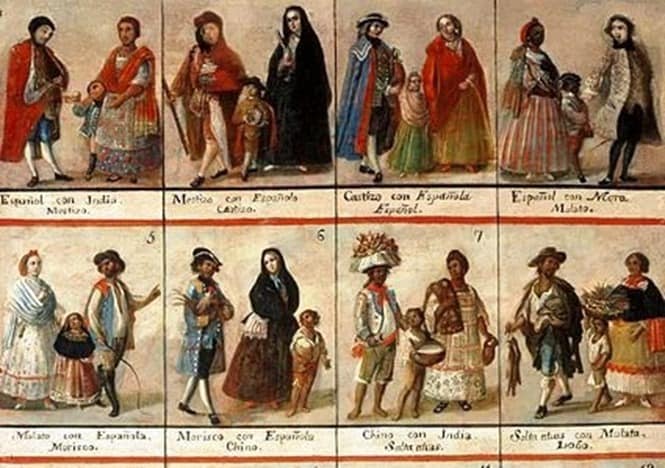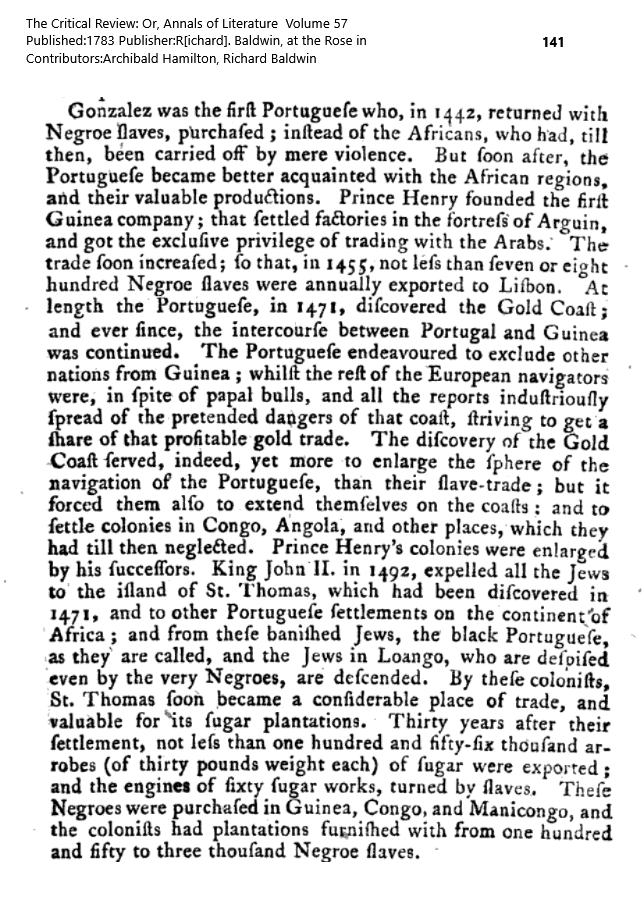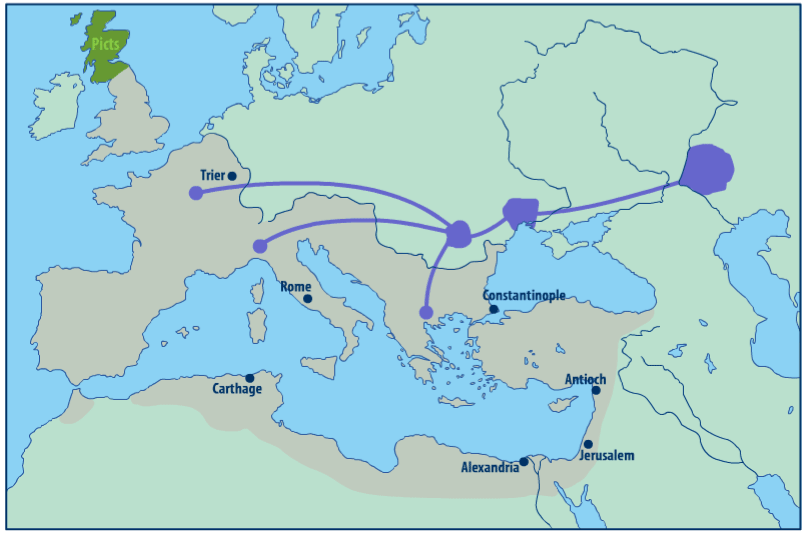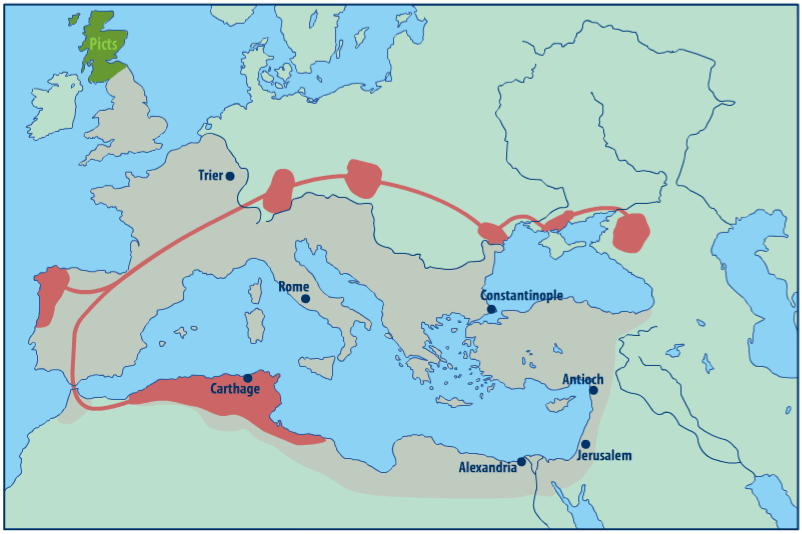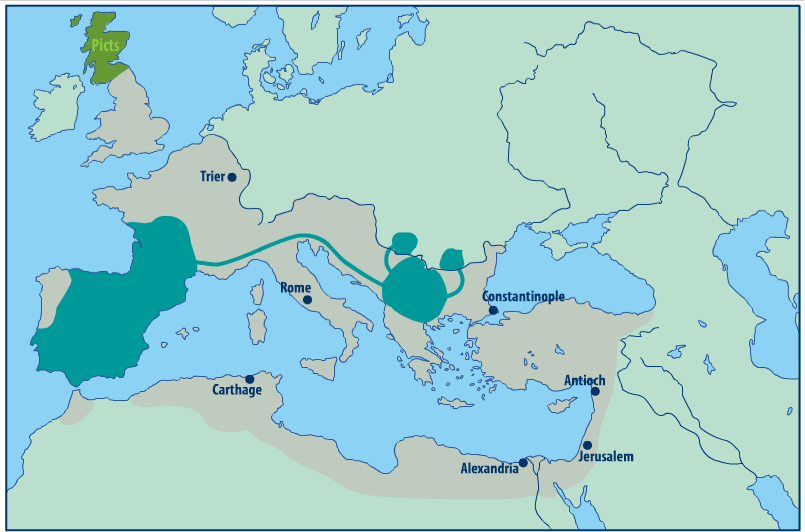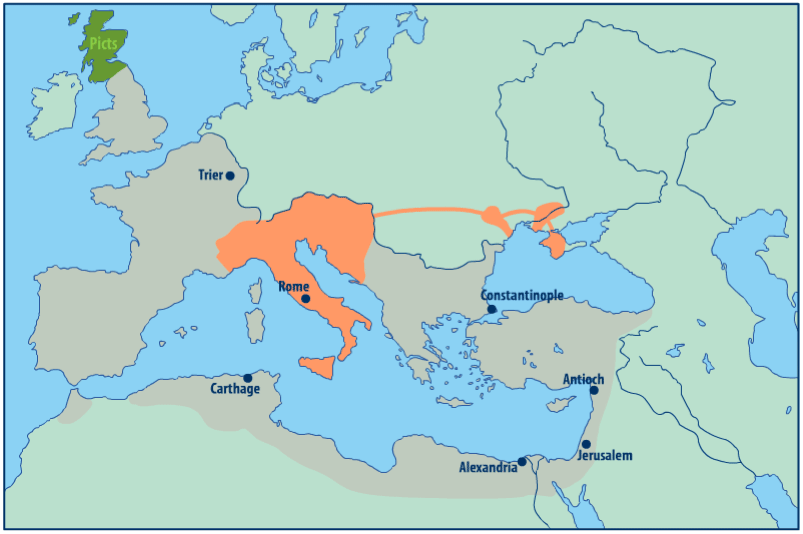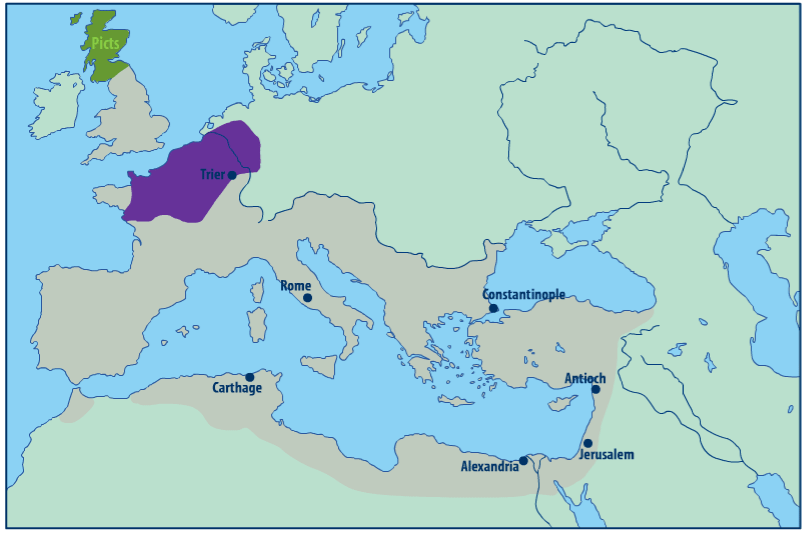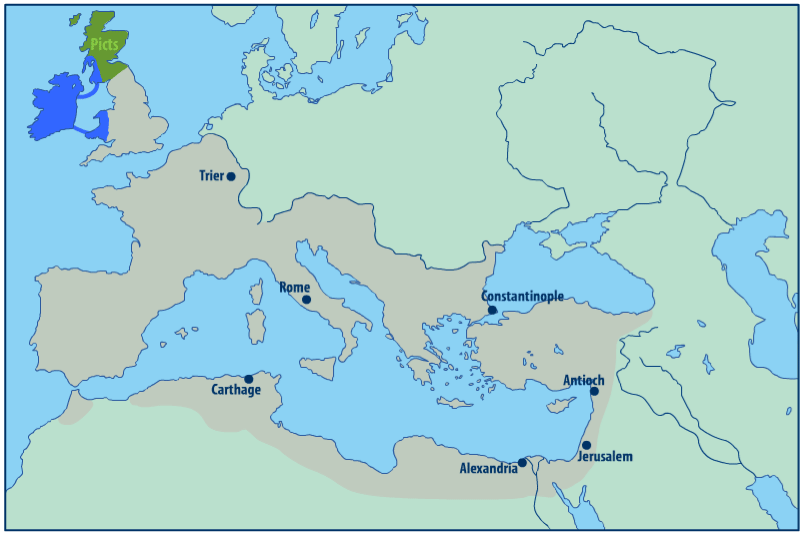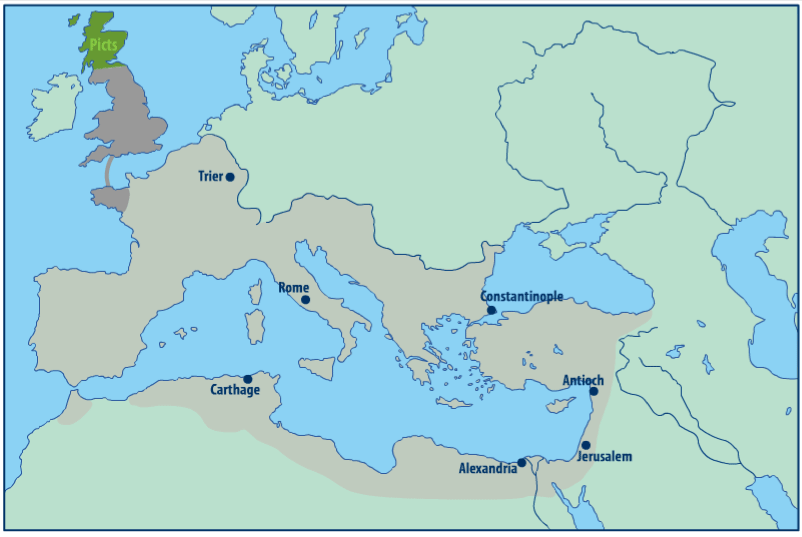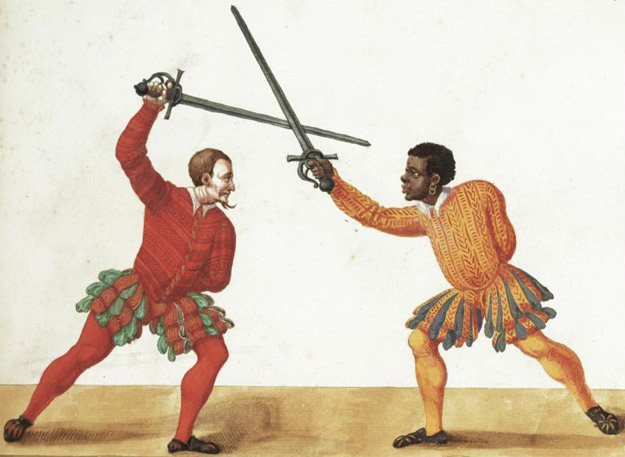“Black people civilized Europe before cacs”
No evidence for this as usually. Some parts of Southern Europe did have Africans during the Neolithic age were they did populate those regions, but that was not the classical age, medieval etc. All this stuff you say and claim, we already have discussed years ago on Egtyptsearch. When you say Europe, do you even understand what you say? Future more during the classical age, medieval etc. It was small pockets of Africans populating certain regions. This is well know to historians.
You are obsessed with everything not Black, and try to claim the accomplishments of others, because you have mental issues. First learn African history, so you will be able to connect the dots. These Africans usually came from Northern Africa, in the continuum Sahara-Sahel region.
Barbarian Movements
Barbarian Movements
The Huns
It was the Huns who precipitated the Great Migrations into the Western Roman Empire in the form they took in the late fourth and fifth centuries.
They were a confederation of Central Asian tribes, who came to spread out across a large area of Eurasia. They hover on the edges of our story, because although they established control over a large area of Eastern Europe under Attila’s rule (434-453), they never settled in large numbers within the Roman Empire itself: they preferred to raid it and leave its government to others. Instead, they pushed first the Goths, and then other Germanic peoples, to invade the Roman Empire to escape from them.
The Vandals, Alans and Sueves
Sizeable numbers of all three of these groups were displaced by the Huns, and travelled down the North Bank of the Danube to escape them. After battling with the Franks, who controlled the northern Rhine regions, they were able to walk across the river Rhine when it froze in the cold winter of 406-7, and invade Gaul. They moved South, and in 409 moved into Spain, where they tried to settle but were dislodged by the Visigoths.
In 429, the Vandals moved on to North Africa, in part of the complicated political manoeuvring of the dying Roman empire, when different groups would be promised lands in return for military aid to different court factions. They were at the gates of Hippo as its bishop, Augustine, was dying.
The Visigoths
In 376, the Goths, long-standing traders with and mercenaries for the Roman Empire, who were settled in large numbers on the north bank of the Danube, came under aggressive attack from the Huns. Their leader came to an agreement with the Emperor Valens that they would be given lands and allowed to settle on the Mediterranean side of the Danube; however, there was a famine, the emperor reneged on his promise and the Goths attacked, killing the emperor at the Battle of Adrianople in 378 and decimating the Roman field army. The Goths were inside the empire to stay, soon becoming known as the Visigoths (originally a tribal name, which became identified as meaning 'Western Goths').
From then on, they alternately made peace with various Roman emperors and generals and were double-crossed by them. Eventually they sacked Rome under Alaric in 410 (the incident that led Augustine to write his City of God). They were asked by Honorius to help drive the Vandals out of Spain, and settled in the Aquitaine in 418, the nucleus of what would become, by 475, an independent Visigothic kingdom covering most of the Iberian peninsula.
Ostrogoths
The Ostrogoths were a second wave of Goths from the around the Crimean, who had been a subject part of Attila's kingdom, but rebelled in the early 450s. They settled within the Roman Empire, on the Dalmatian coast, and were sent by the Byzantine emperor Zeno to take back Italy from Odoacer, who had deposed the last nominal Roman emperor of the West, Romulus Augustulus, in 476. Theodoric, the great Ostrogothic general, did so, inviting Odoacer to a banquet in 493 and killing him at the table. Theodoric ruled from Ravenna, where his mausoleum survives, together with several churches he had decorated with beautiful mosaics.
Franks
The Franks were a loose group of tribes who inhabited the Upper Rhine, a number of whom were living within the bounds of the empire from the mid-fourth century. They were further displaced in the early fifth century, partly by skirmishes with the Vandals, Sueves and Alans, as the latter made their way down the Rhine to escape from the Huns, and partly by the Huns themselves. They spread into Northern Gaul, following and continuing to skirmish with the other tribes. Two successful leaders, Childeric (who reigned c.457 – 481) and his son Clovis (who reigned 481-511), established Frankish dominance more securely there, ruling most of France north of the Loire. Clovis' decision to convert to the Nicene version of Christianity in 496 may have been decisive for its re-establishment in Western Europe, as the Frankish kingdom continued to prosper.
Scots
The Scots, or Irish, are mentioned by the fourth-century Roman historian Ammianus Marcellinus as perpetuating countless attacks on Roman Britain, presumably all along the West coast. When the Roman troops were withdrawn in the early years of the fifth century, these attacks increased. At apparently around the same the same time, the late fourth or early fifth century (though its origins are lost in legend), the West of Scotland, Argyll and the Isles, was settled by Scots from Ulster, though these regions may always have looked West owing to their greater accessibility by sea than by land. Their territorial control grew imperceptibly over the next few centuries, helped by the monastic connections of powerful characters such as Columba of Iona.
Britons
Above: A sickle fencer, clearly of African descent, pictured in Paulus Hector Mair’s De arte athletica, published in Augsburg, Germany, ca 1542.
Above: A fencer of African descent, wielding an early rapier (or “sidesword”) pictured in Paulus Hector Mair’s De arte athletica, published in Augsburg, Germany, ca 1542. Source:
Hammaborg ist Mitglied bei der Chivalric Fighting Arts Association
Hammaborg- Historischer Schwertkampf e.V. - in Hamburg
Sketch entitled “St. Georges and the Dragon,” depicting Saint-Georges boxing.
Source:
“A truly British art”, Images of pugilism in Georgian caricature
www.thebump.com



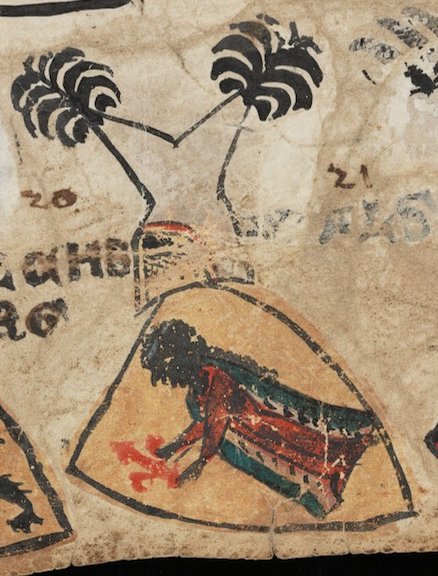


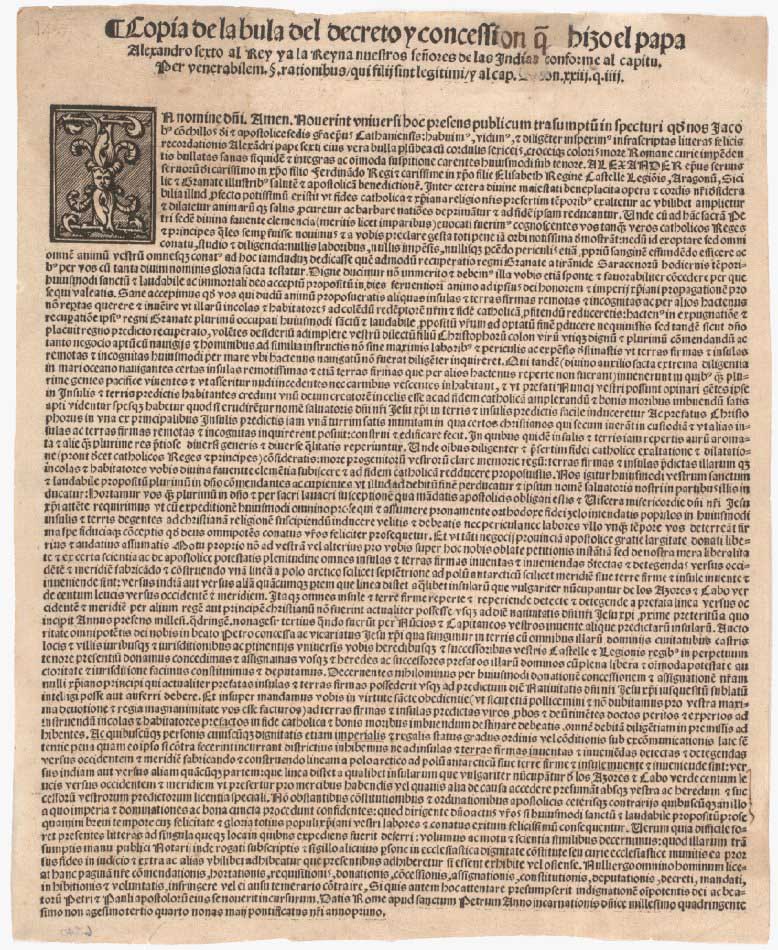
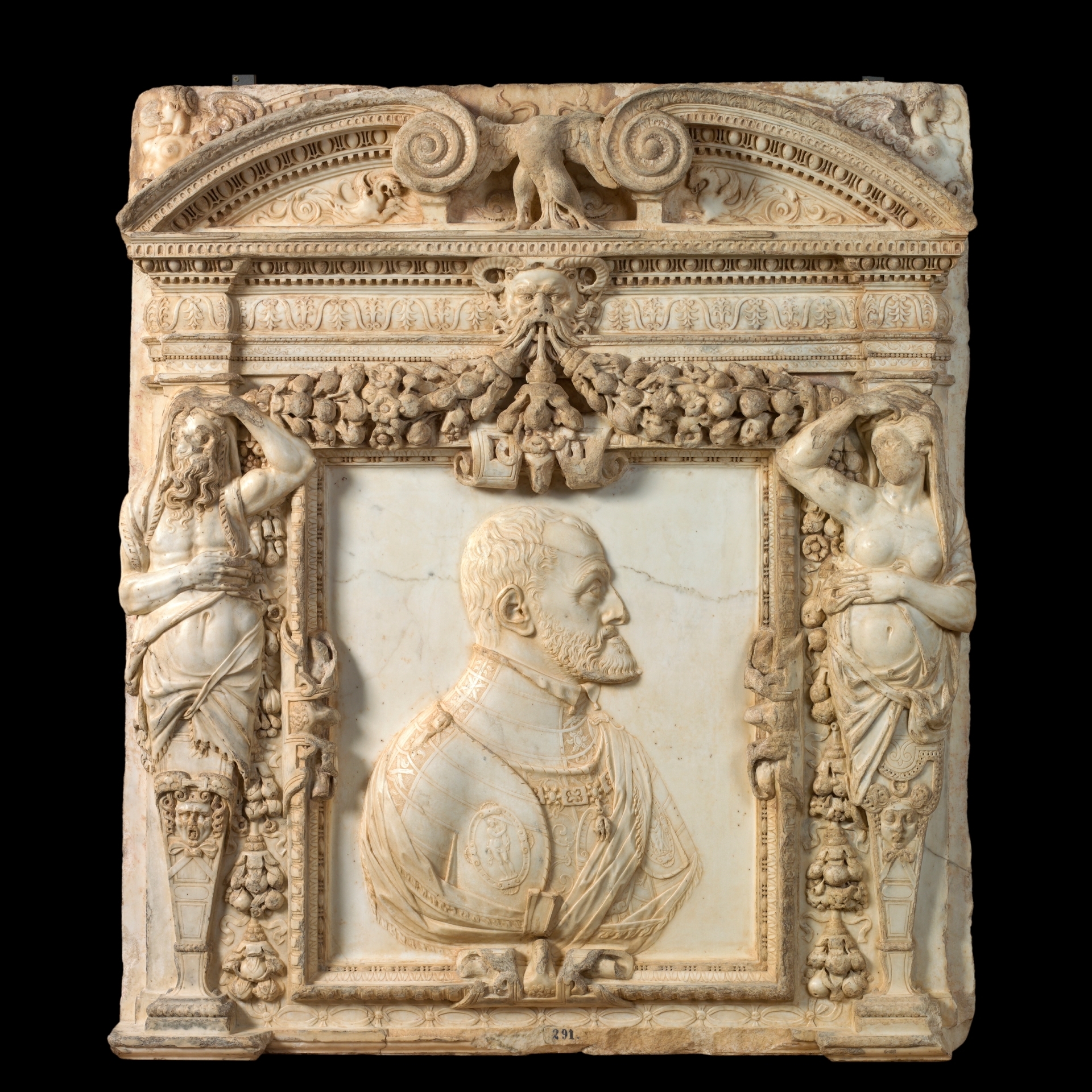
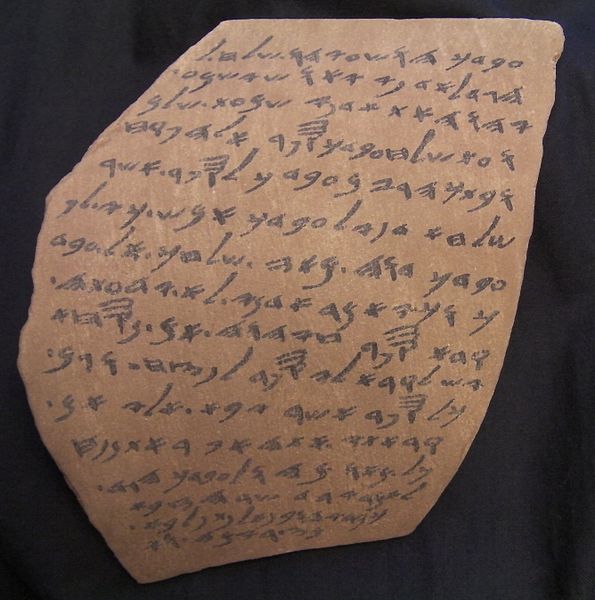

 ”
”


